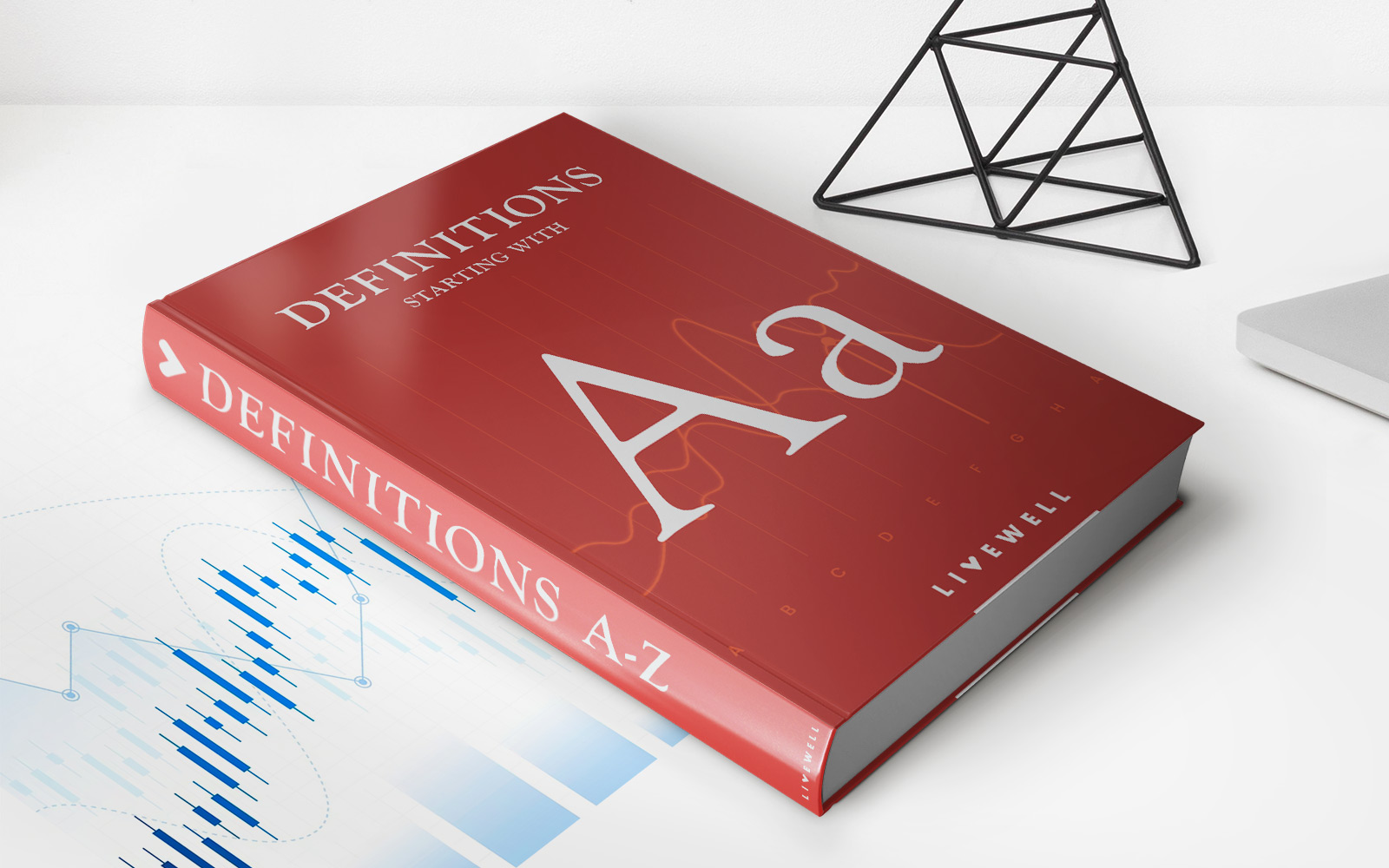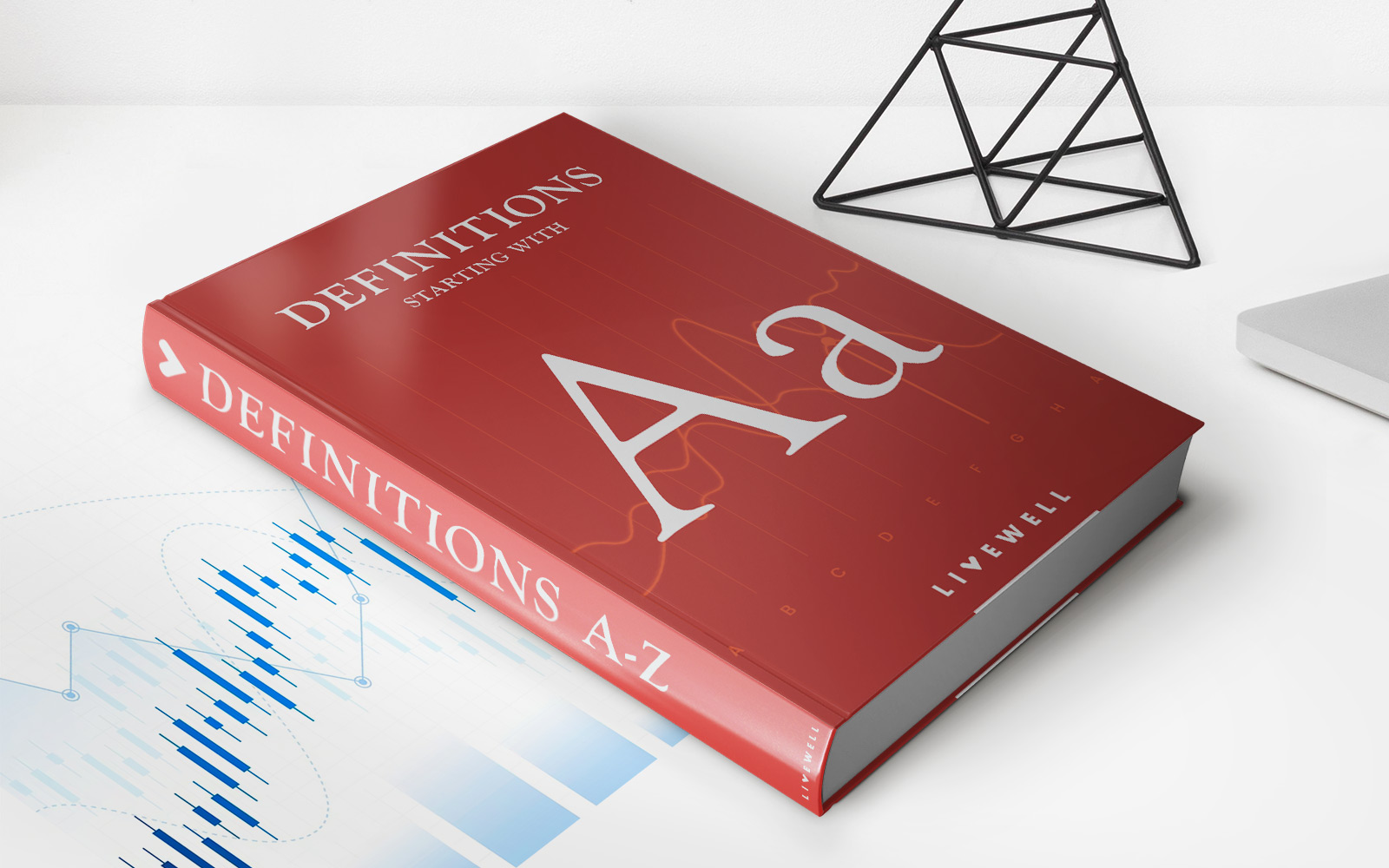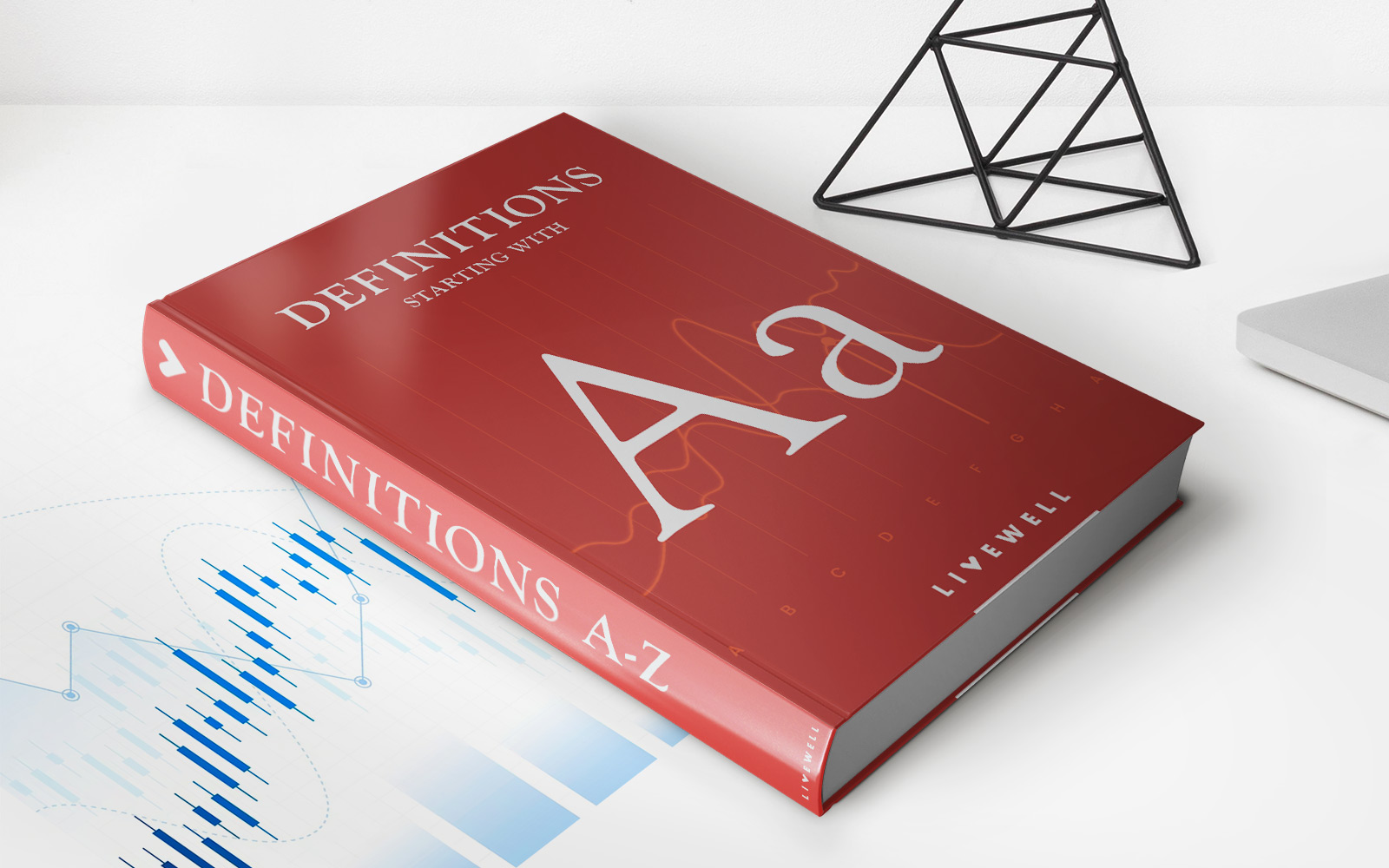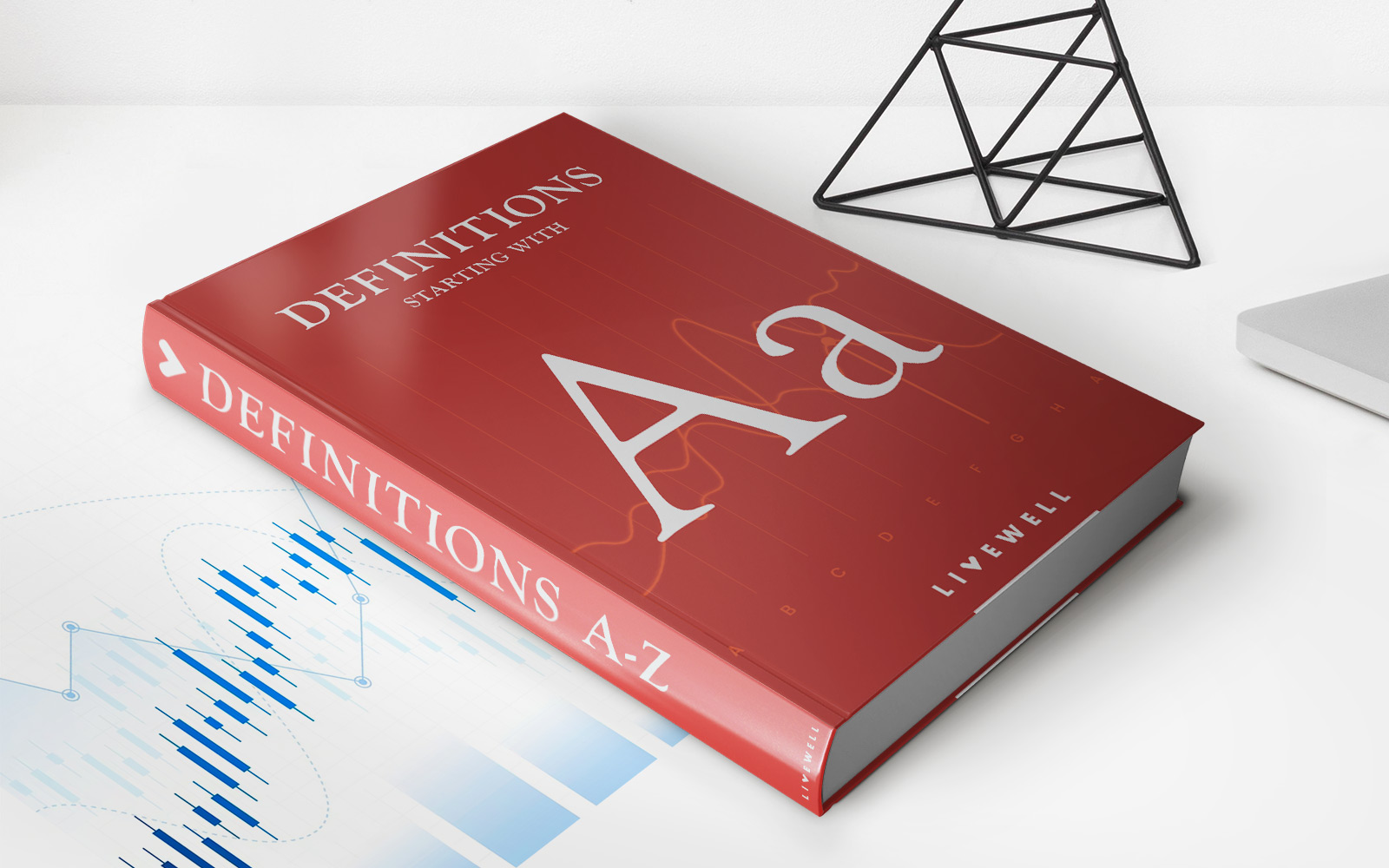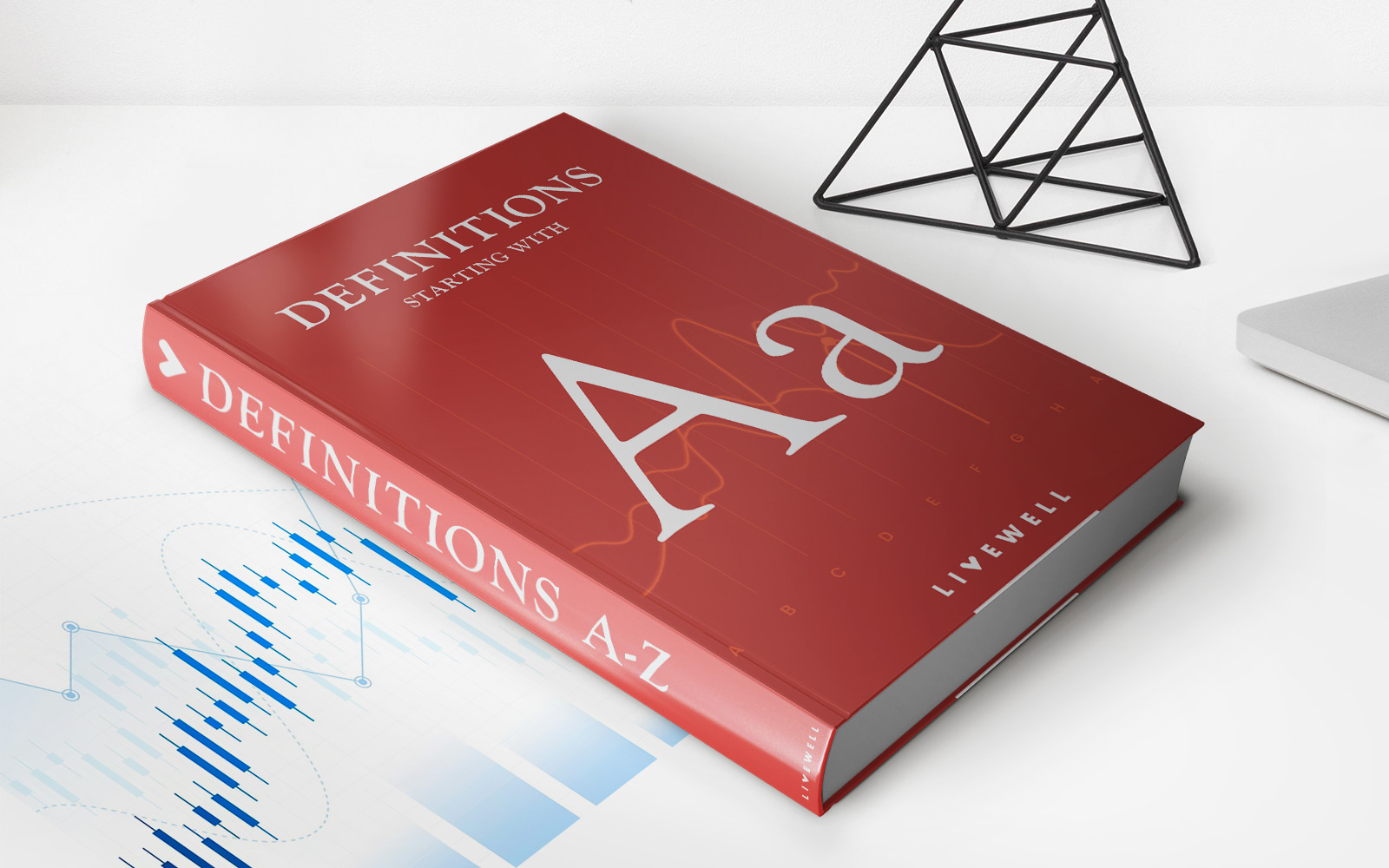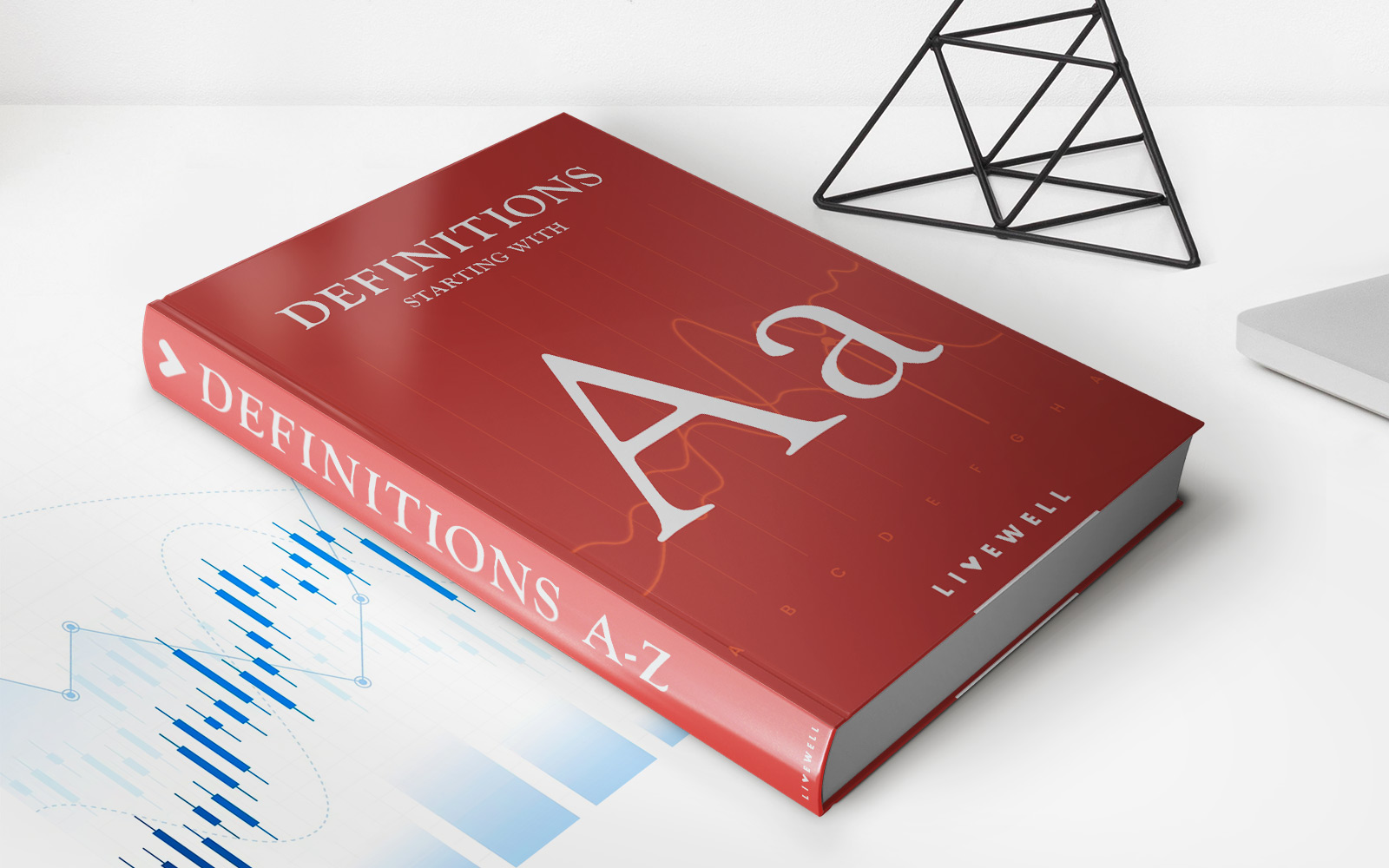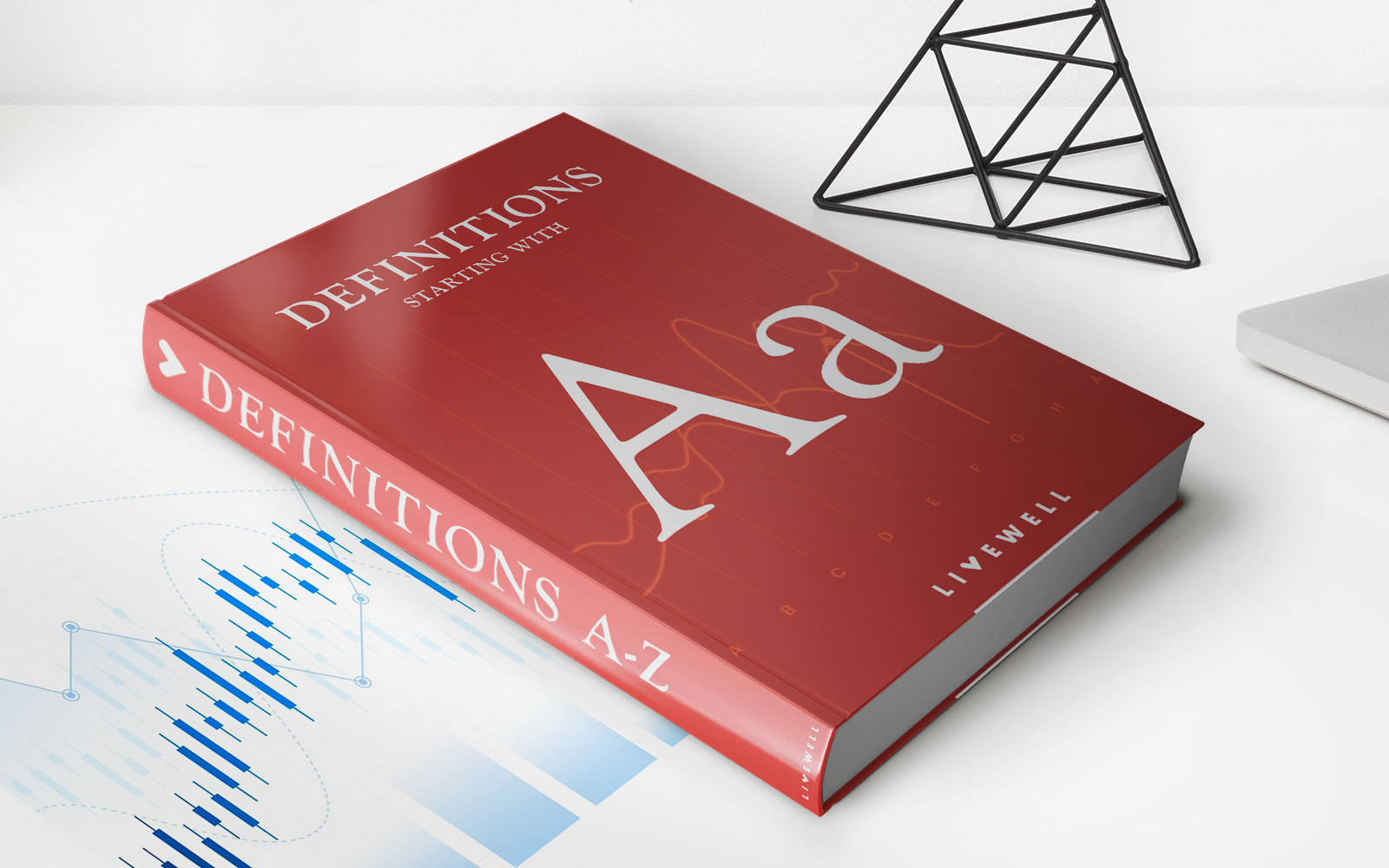

Finance
Against All Risks (AAR) Definition
Published: October 4, 2023
Learn the meaning of Against All Risks (AAR) in finance and how it can protect your investments. Explore key features and benefits.
(Many of the links in this article redirect to a specific reviewed product. Your purchase of these products through affiliate links helps to generate commission for LiveWell, at no extra cost. Learn more)
Understanding the Against All Risks (AAR) Definition in Finance
When it comes to navigating the complex world of finance, it’s crucial to have a solid understanding of the various terms and concepts that are commonly used. One such term that you may come across is the Against All Risks (AAR) definition. But what exactly does it mean and how does it relate to the world of finance? In this blog post, we will delve into the AAR definition and shed some light on its significance.
Key Takeaways:
- AAR is an insurance term that refers to a policy that covers all risks, except for those specifically excluded.
- The AAR definition provides broad coverage and offers financial protection against a wide range of risks.
What is Against All Risks (AAR) in Finance?
In the finance industry, the term Against All Risks (AAR) refers to an insurance policy that provides coverage for all risks, with the exception of those specifically excluded. This type of insurance policy is often used in businesses and organizations to protect against a wide range of potential risks that could have a significant financial impact.
The AAR definition is based on the principle that the policy provides broad and comprehensive coverage. This means that any loss or damage that is not explicitly excluded from the policy will be covered. This can be particularly beneficial for businesses and individuals who have unique risks that may not typically be covered by standard insurance policies.
Key Features of Against All Risks (AAR) Policies
Against All Risks (AAR) policies offer several key features that make them a popular choice for individuals and businesses looking to minimize their financial risks. Some of these features include:
- Comprehensive Coverage: AAR policies provide broad coverage for a wide range of risks, ensuring that any unforeseen events or accidents are financially protected.
- Flexibility: These policies can often be tailored to meet specific needs and requirements, allowing individuals and businesses to customize their coverage.
- Exclusions: While AAR policies offer extensive coverage, it’s important to note that they do come with certain exclusions. These exclusions vary depending on the policy and can include specific hazards, activities, or circumstances that are not covered.
- Cost: The cost of an AAR policy will depend on various factors such as the level of coverage, the nature of the risks being covered, and the size of the insured entity.
The Importance of Understanding the AAR Definition
Having a clear understanding of the Against All Risks (AAR) definition is crucial for anyone involved in the world of finance. It ensures that individuals and businesses can make informed decisions when it comes to choosing the right insurance policies to protect their financial interests.
By understanding the scope and limitations of AAR policies, individuals and businesses can assess their specific risks and make informed choices about the level of coverage they require. This can help mitigate potential financial losses and provide peace of mind in an ever-changing and unpredictable financial landscape.
In Conclusion
The Against All Risks (AAR) definition is a crucial concept in the world of finance. Understanding this term and its significance can help individuals and businesses make informed decisions when it comes to protecting their financial interests. By opting for an AAR policy, individuals and businesses can enjoy broad coverage and financial protection against a wide range of risks, ensuring a more secure financial future.

